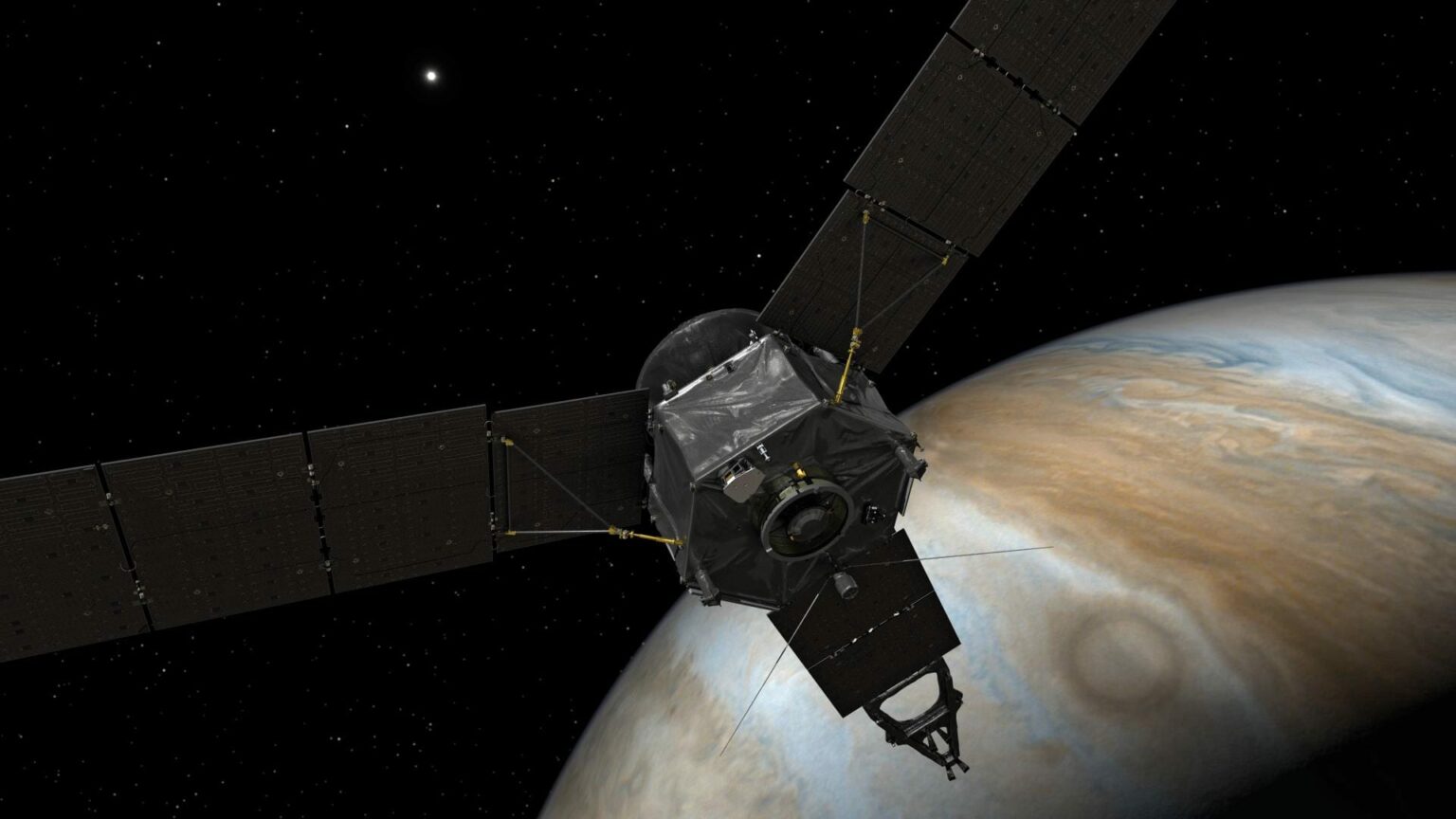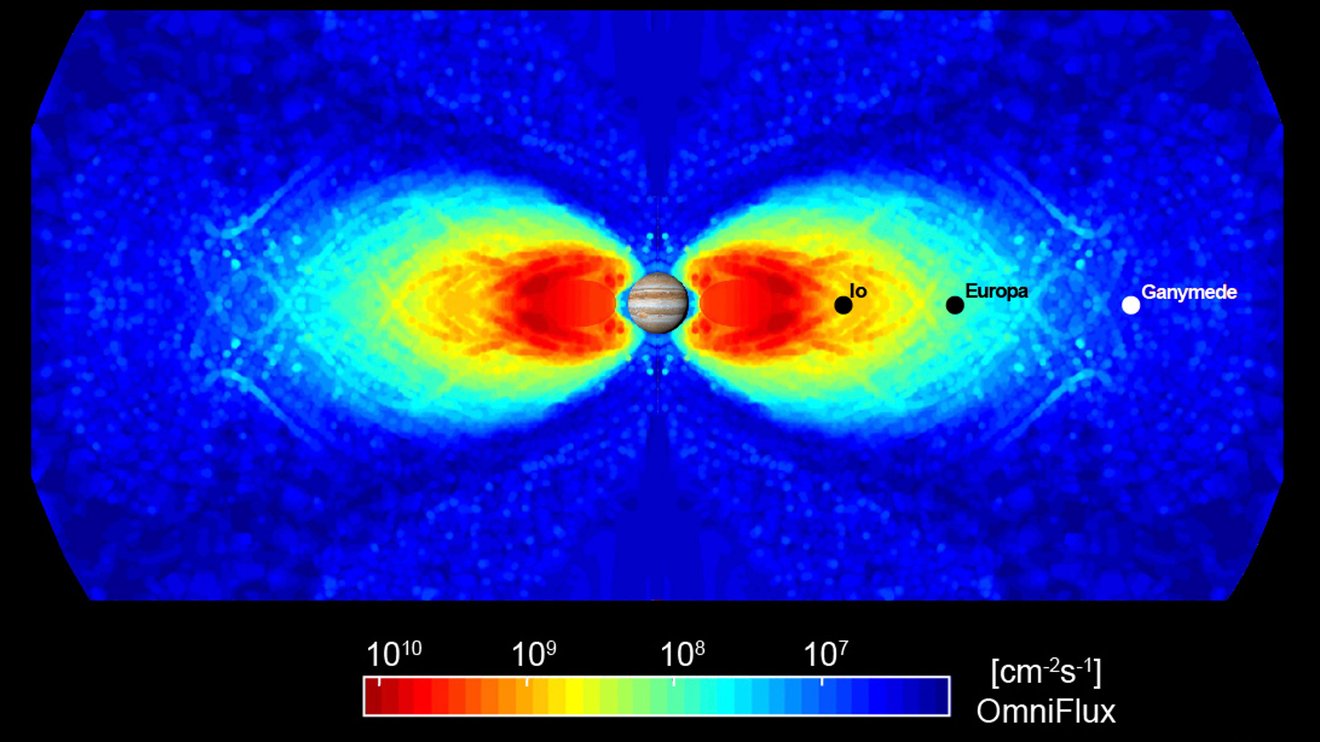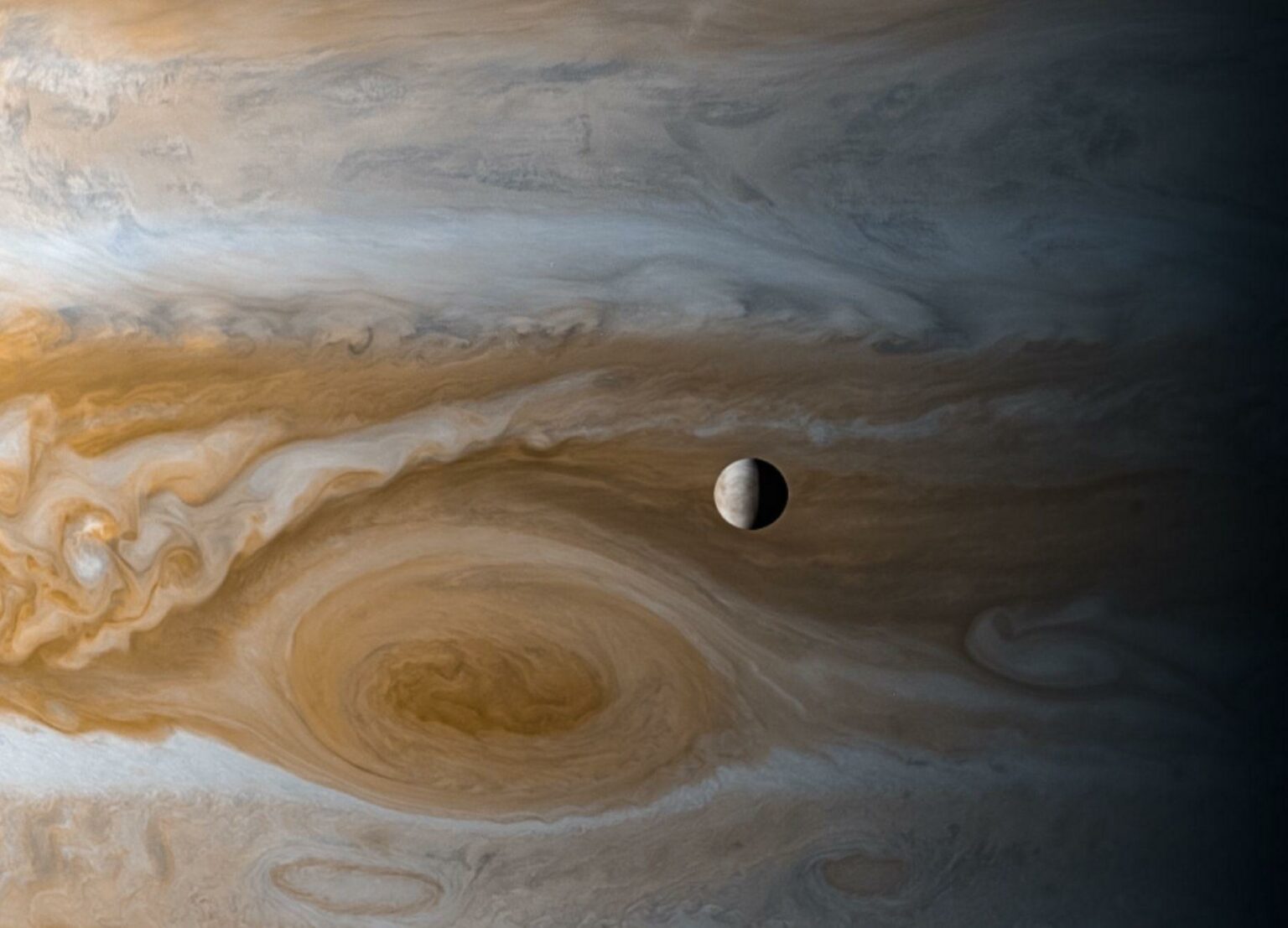Using the navigation cameras of the Juno probe, scientists have managed to make the first three-dimensional map of the radiation situation in the vicinity of Jupiter. It will help in planning future missions to the gas giant.
Solar system’s most powerful radiation belts
Jupiter is not only the largest planet, but it also has the most powerful radiation belts in the Solar System. And space mission designers have to take this into account. Vehicles studying the gas giant are usually equipped with a “safe” — a special protective container in which their electronics are hidden. In addition, their orbits are calculated to minimize being in places with the highest radiation levels.

Scientists recently received an important help in this matter in the form of the first three-dimensional map of radiation in the vicinity of Jupiter. It was compiled by the Juno probe, and it was obtained in a rather unusual way, thanks to images taken by its navigation devices.
Counting “fireflies”
The Juno navigation system consists of two main units: the Advanced Stellar Compass (ASC) and the Stellar Reference Unit (SRU). They are cameras designed to take pictures in low-light conditions. The images they take of stars are used to determine Juno’s orientation in space.

Devices similar to the ASC and SRU are on almost all spacecraft. But the staff of the Juno mission has figured out how to use them to determine radiation levels. For this, they count the “fireflies”. This is the name given to the luminous traces left on images by high-energy particles that have managed to penetrate the protective shell of the camera. Juno’s instruments are programmed to count the number of these “fireflies”. This gave scientists the opportunity to calculate the amount of radiation and determine the dynamics of its change in different parts of Juno’s orbit.
The ASC data indicate that there is more high-energy radiation near Europa’s orbit compared to low-energy radiation than previously thought. It also confirms that the side of Europa facing the direction of its orbital motion has more high-energy electrons than the back side. The explanation is that most electrons in Jupiter’s magnetosphere overtake Europa from behind due to the planet’s rotation, while very high-energy electrons drift backward, almost like a fish swimming against the current, and crash into Europa’s front side.

Jupiter’s radiation data is not ASC’s only scientific contribution to the mission. Even before arriving at the gas giant, ASC was used to determine the amount of interstellar dust that collided with Juno. In addition, the same technique was used to detect a previously unexplored comet which dust collided with the spacecraft.
As for the SRU, it has also been used as a radiation detector. Its data showed that small “shepherd moons,” with orbits close to Jupiter’s rings and which gravity helps hold their shape, also interact with the planet’s radiation belts. When Juno flies over magnetic field lines associated with these moons or dense dust, the level of radiation recorded by ASC and SRU drops dramatically.
Earlier we told you that the Europa Clipper probe designed to study Europa might not survive Jupiter’s radiation.
According to JPL


